Ultimate Guide to the HGLRC Petrel 85 Whoop: Your Go-To Indoor FPV Drone for a Thrilling TinyWhoop Experience

Introduction to the HGLRC Drashark 1.6-Inch Toothpick FPV Drone
The HGLRC Drashark 1.6-inch Toothpick FPV Drone is a cutting-edge mini quadcopter designed for enthusiasts and professionals who crave precision, agility, and an immersive flying experience. This lightweight, high-performance drone is perfect for racing and freestyle flying, offering unparalleled control and responsiveness. In this guide, we will explore the key features, specifications, and benefits of the Drashark, providing you with all the information you need to make an informed decision.
Key Features of the HGLRC Drashark 1.6-Inch Toothpick FPV Drone
1. Compact and Lightweight Design
The HGLRC Drashark is engineered to be extremely lightweight, weighing only around 40 grams without the battery. This ultralight design reduces inertia and enhances maneuverability, allowing for rapid acceleration and sharp turns. The compact 1.6-inch frame makes it ideal for tight spaces and obstacle-rich environments, enabling pilots to perform intricate maneuvers with ease.
2. High-Quality Build Materials
Crafted from durable carbon fiber, the Drashark’s frame is built to withstand crashes and impacts, making it an excellent choice for both beginners and seasoned pilots. The robust construction ensures longevity, while the lightweight nature of carbon fiber helps maintain a low overall weight, which is crucial for high-speed racing and agile freestyle flying.
HGLRC Drashark (Dragon shark) is a 1.6-inch toothpick fpv drone, suitable for indoor or outdoor light flight
Drashark Naming inspiration from Dragon ➕ Shark, So translated as Drashark, hence the name
The new SPECTER 5 in1 AIO integrated ESC, flight control, 5.8G VTX , elrs receiver and Betaflight OSD
Using Caddx camera, clear and sharp picture;
Built-in integrated 400mw simulation map transmission, up to 48 CH, stable and efficient;
The drone with the new SPECTER 1002 motor, strong power;
Standard Gemfan1610 two-blade propeller, silky flight and flight sound is only 70 decibels;
light and handy size , the weight of about 30g, a single battery life of about 5 minutes;
Straight plug motor, no welding is more convenient;
Built-in integrated SPI elrs3.0 receiver, built-in antenna, can be connected to black sheep receiver, customized miniature T-shaped antenna, reduce weight;
Recommended use: 1s 550mah high voltage battery, drone battery plug is A30 plug
Drone parameter:
Frame: Drashark 75mm frame
Flight control: HGLRC SPECTER 10A F411AIO
MCU:STM32F411
Gyro:ICM42688
Built-in receiver: SPI ExpressLRS 2.4G
Built-in VTX: 25-100-400 mW (adjustable)
integrated ESC: Continuous current: 10A; peak current:13A (10s)
Electromodulation protocol: Dshot600, Oneshot, Multishot; electric firmware:Z-H-30 (Bluejay)
Flight control firmware: HGLRCF411SX1280 V2
Input voltage: 1-2 S 3.7-7.4v (Lipo)
Installation hole position: 25.5X25.5mm.M2
Motor: SPECTER 1002 21000kv Motor
Propeller: Gemfan 1610 two-blade
weight: 30g
packing list:
1x Drashark drone
1x Drashark TPU green battery compartment
1x Gemfan 1610 two-blade propeller 40mm-PC blue 1.5mm (4 pairs / pack)
1 xPP plastic square box, size: 82 * 82 * 40mm

Understanding the Causes of LiPo Battery Failure in FPV Drones
LiPo (Lithium Polymer) batteries are the lifeblood of FPV drones, powering everything from the motors to the electronics that enable your quadcopter to soar through the skies. While these batteries are essential for high-performance flying, they are also delicate and prone to failure or premature death if not handled correctly. In this article, we’ll explore the various causes of LiPo battery failure, helping you to extend the lifespan of your batteries and ensure consistent performance during your flights.
1. Overcharging and Overvoltage
One of the most common causes of LiPo battery failure is overcharging. Charging a LiPo battery beyond its maximum voltage—typically 4.2V per cell—can cause significant damage. Overcharging can lead to the swelling of the battery cells, increased internal resistance, and, in extreme cases, thermal runaway, which can result in fire or explosion.
- Prevention: Always use a quality balance charger with built-in safety features to prevent overcharging. Ensure that you never exceed the recommended charge voltage for your specific LiPo battery.
2. Overdischarging
Overdischarging occurs when a LiPo battery is drained below its safe minimum voltage, typically around 3.0V per cell. Discharging a battery too low can cause irreversible chemical changes within the cells, leading to a loss of capacity, increased internal resistance, and eventual failure.
- Prevention: Use a low-voltage alarm or set your drone’s flight controller to warn you when the voltage drops below a safe threshold. It’s also advisable to land your drone as soon as the voltage drops to around 3.5V per cell under load, giving you a buffer to avoid overdischarge.
3. Physical Damage
LiPo batteries are particularly vulnerable to physical damage, which can occur due to crashes, punctures, or rough handling. Any damage to the battery casing can lead to exposure of the internal cells, which may result in swelling, leakage, or short circuits.
- Prevention: Always inspect your batteries after a crash or rough landing. If you notice any dents, swelling, or other signs of damage, it’s best to safely dispose of the battery rather than risk using it. Protect your batteries with soft cases or padding during transport and in your drone.
4. High Current Draw
FPV drones, especially those built for racing or freestyle flying, often draw high currents from their batteries. While LiPo batteries are designed to handle high current loads, drawing excessive current for extended periods can cause overheating, swelling, and a decrease in battery lifespan.
- Prevention: Ensure that your battery’s C-rating (the measure of how much current the battery can safely deliver) matches the demands of your drone’s setup. Avoid pushing your batteries to their limits during every flight, and consider using batteries with a higher C-rating for demanding flying styles.
5. Improper Storage
Improper storage is a major factor in the premature aging of LiPo batteries. Storing LiPo batteries fully charged or fully discharged for extended periods can cause capacity loss and increase the risk of swelling.
- Prevention: Store your LiPo batteries at a storage voltage of around 3.7V to 3.85V per cell. Use a balance charger’s storage mode to set your batteries to the correct voltage before storing them in a cool, dry place. Avoid storing batteries in hot environments, such as inside a car or near direct sunlight.
6. Poor Charging Practices
Charging LiPo batteries improperly can lead to a range of issues, from reduced capacity to complete failure. Using incorrect settings on your charger, charging at too high or too low a current, or using a damaged charger can all contribute to battery failure.
- Prevention: Always double-check your charger settings before plugging in your batteries. Charge your batteries at a moderate rate (typically 1C, where C is the battery’s capacity) unless you’re confident that a faster charge won’t harm the battery. Regularly inspect your charger for wear and tear, and replace any damaged components.
7. Environmental Factors
Environmental conditions such as extreme temperatures, humidity, and exposure to water can also lead to LiPo battery failure. High temperatures can cause the battery cells to swell, while cold temperatures can reduce capacity and increase internal resistance. Exposure to moisture can lead to short circuits and corrosion.
- Prevention: Fly and store your batteries within their recommended temperature ranges. Keep them dry, and avoid flying in rainy or excessively humid conditions. If you suspect that a battery has been exposed to moisture, allow it to dry thoroughly before use, but be cautious as the internal damage may have already occurred.
8. Age and Usage Cycles
Even with the best care, LiPo batteries have a finite lifespan. Over time and through repeated charge/discharge cycles, the chemical composition of the cells degrades, leading to reduced capacity, increased internal resistance, and eventually, failure.
- Prevention: Monitor the performance of your batteries regularly. If you notice a significant drop in flight time or increased swelling, it may be time to retire the battery. Keeping a log of your battery usage can help you track the number of cycles and predict when a battery is nearing the end of its useful life.
Read More About Lipo Batteries by clicking the link below:
https://oscarliang.com/fpv-drone-guide/
Checkout our Frames Collection by clicking the link below:
https://thefpvproject.com/product-category/frames/
1S = 1 cell = 3.7V
2S = 2 cells = 7.4V
3S = 3 cells = 11.1V
4S = 4 cells = 14.8V
5S = 5 cells = 18.5V
6S = 6 cells = 22.2V
For example, we call a 14.8V battery a “4-cell” or “4S” battery.
LiPo battery is designed to operate within a safe voltage range, from 3V to 4.2V. Discharging below 3V could cause irreversible performance loss and even damage to the battery. Overcharging above 4.2V could be dangerous and eventually cause a fire.
However, it’s advisable to stop discharging when it reaches 3.5V for battery health reasons. For example for a 3S Lipo, the max voltage is 12.6V, and you should land when the voltage reaches 10.5V (at 3.5V per cell).

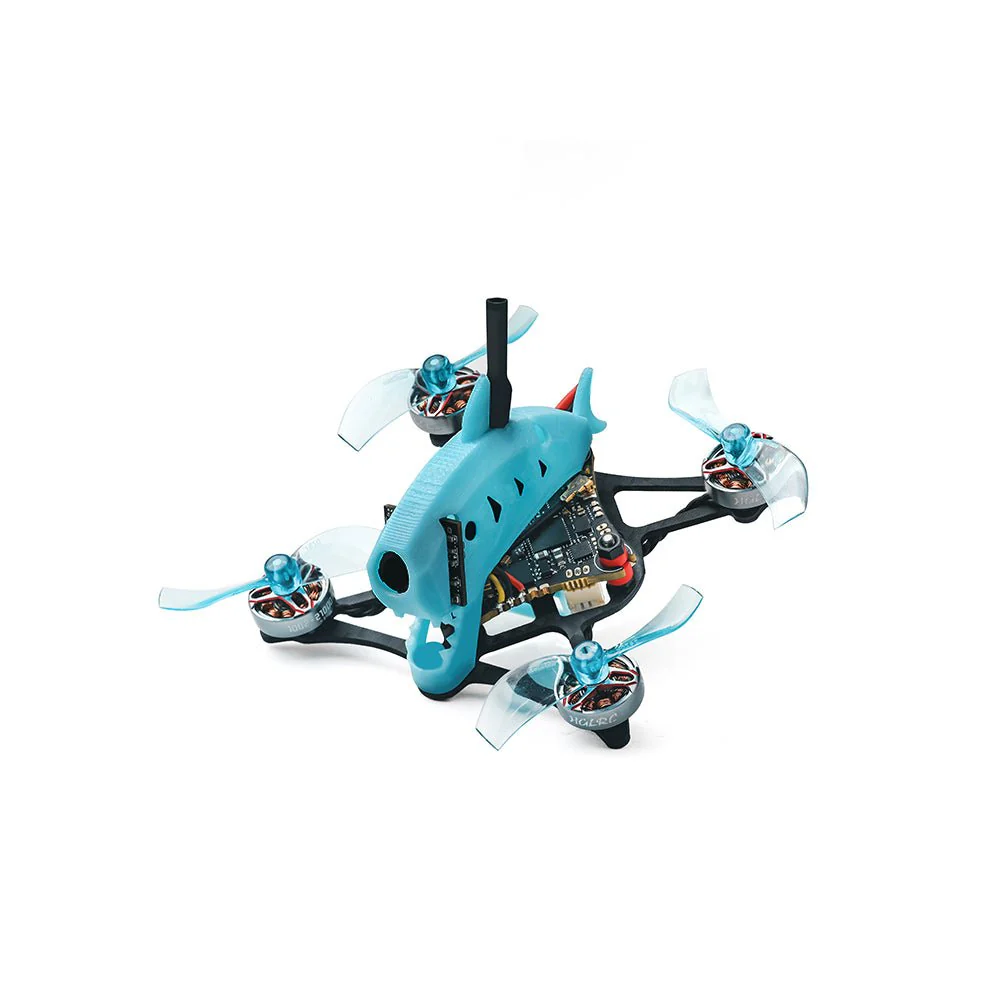
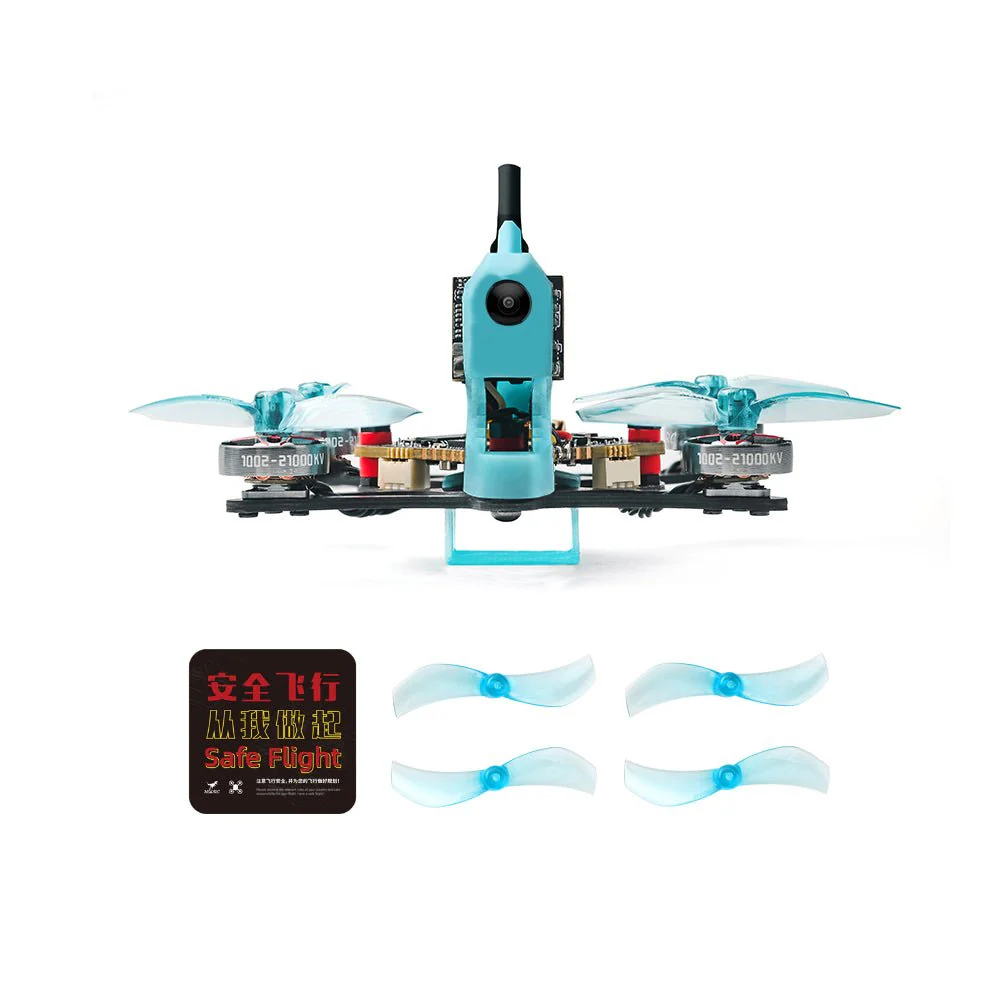
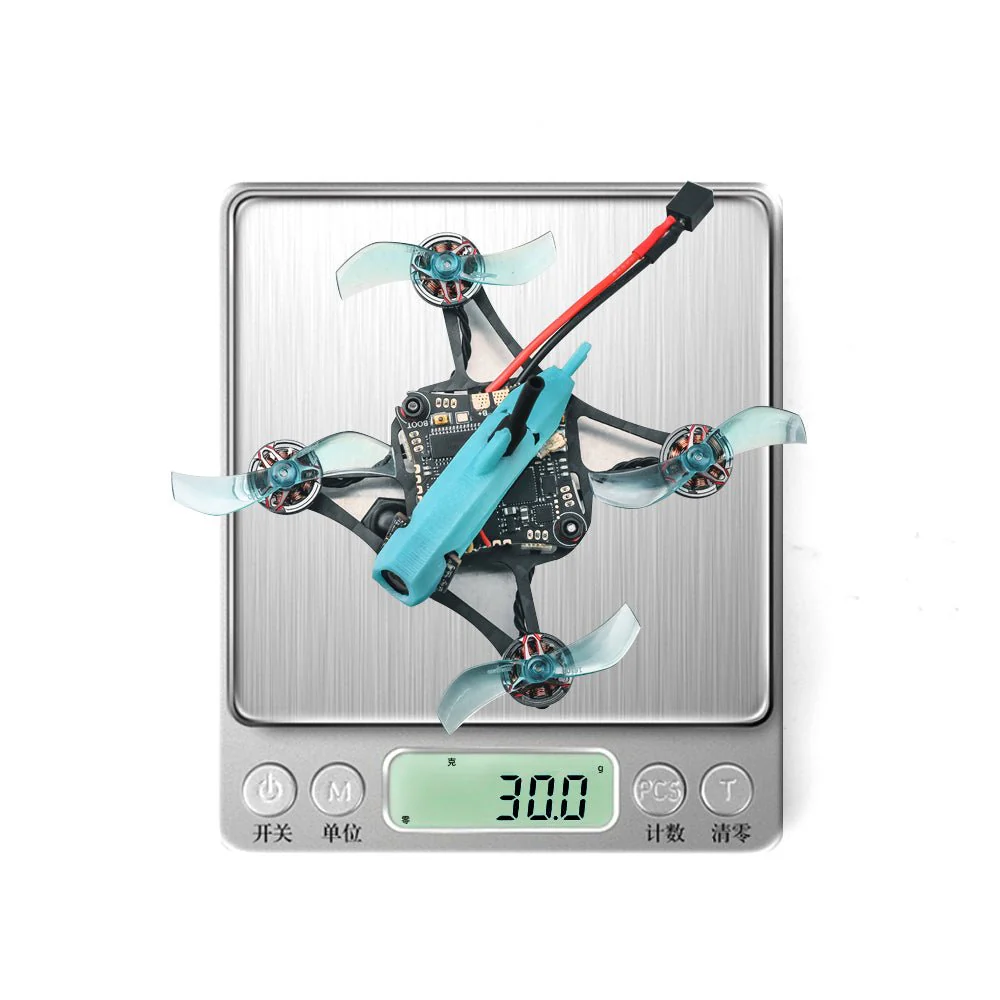
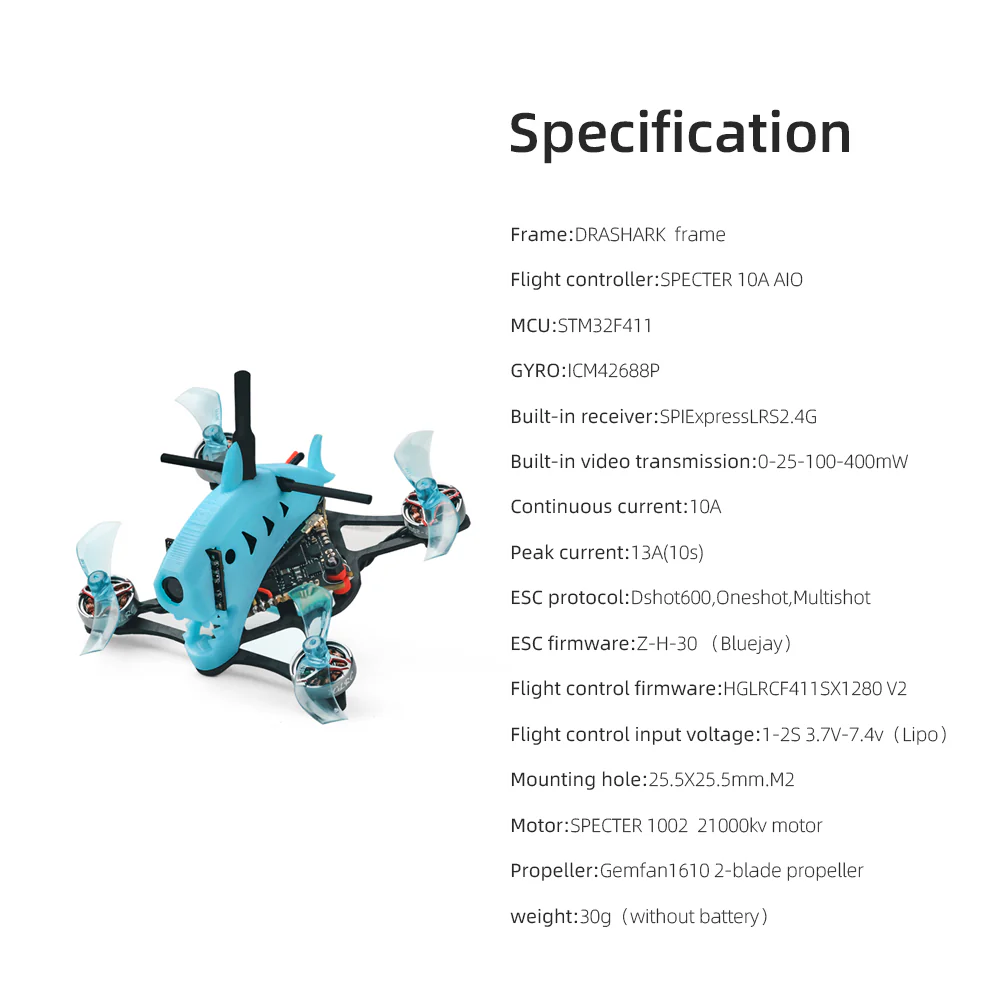
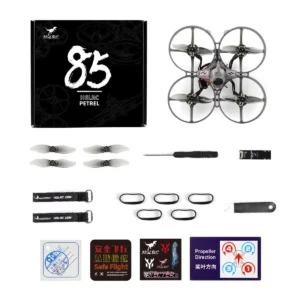
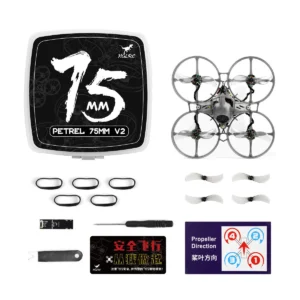
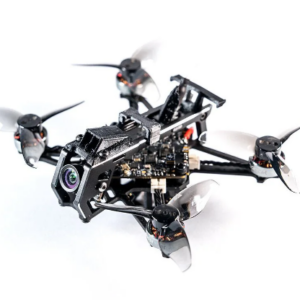
Reviews
There are no reviews yet.